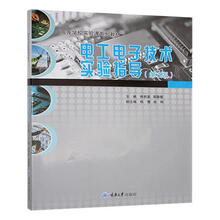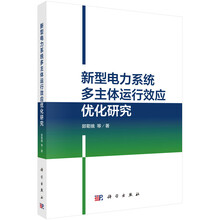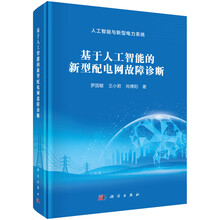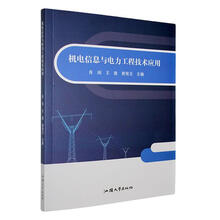










提出了西亚能源互联网建设整体方案,涵盖社会、经济、能源、环境、气候等多领域,通过实例详细分析了西亚能源互联网建设的可行性和效益。对于读者而言兼顾科普性、通识性以及专业性,满足不同读者的信息获取需求。
Preface
Study Region
Summary
1 Development in West Asia
1.1 Economy and Society
1.1.1 Macro Economy
1.1.2 Humanity and Society
1.1.3 Regional Cooperation
1.1.4 Development Policy
1.2 Energy and Power
1.2.1 Energy Development
1.2.2 Power Development
2 Sustainable Energy Development in West Asia
2.1 Severe Challenges During Sustainable Energy Development
2.1.1 Long-Term and High-Intensity Exploitation of Oil and Natural Gas Resources
2.1.2 Competition for Global Oil and Natural Gas Exports Is Fierce,and Future Demand Will Decline
2.1.3 Fossil Energy Subsidies Are Too High, Energy Develop ment Needs to Improve Quality and Efficiency
2.1.4 The Climate and Environmental Constraints Are Becoming Stricter, and The Energy Industry Is Under Pressure to Reduce Emissions
2.1.5 Market Competitiveness of Clean Energy Needs to Be Improved
2.2 Ideas and Directions for Sustainable Energy Development
2.2.1 Energy Supply Changes to Clean-Dominated
2.2.2 Energy Consumption Changes to Electricity-Centered
2.2.3 Energy Allocation Changes to Interconnection
2.2.4 Promoting Economic Transition with Energy Technology Industry Innovation
3 Energy and Power Development Trend and Outlook
3.1 Energy Demand
3.1.1 Primary Energy
3.1.2 Final Energy
3.2 Power Demand
3.2.1 Drivers of Power Demand Growth
3.2.2 Power Demand Outlook
3.3 Power Supply
4 Development Layout of Clean Energy Resources
4.1 Distribution of Clean Energy Resources
4.1.1 Wind Energy
4.1.2 Solar Energy
4.2 Layout of Clean Energy Bases
4.2.1 Wind Power Bases
4.2.2 Solar Power Bases
5 Power Grid Interconnection
5.1 Power Flow
5.1.1 Balance of Supply and Demand
5.1.2 Power Flow Scheme
5.2 Grid Interconnection
5.2.1 Overall Pattern
5.2.2 Interconnection Scheme
5.3 Key Interconnection Projects
5.3.1 West Asia——Europe Interconnection Projects
5.3.2 West Asia-—Africa Interconnection Projects
5.3.3 West Asia-—South Asia Interconnection Projects
5.4 Investment Estimation
5.4.1 Investment Estimation Principle
5.4.2 Investment Estimation Results
6 Comprehensive Benefits
6.1 Economic Benefits
6.2 Social Benefits
6.3 Environmental Benefits
6.4 Political Benefits
7 Development Outlook of Achieving the 1.5 ℃ Temperature Control Target
7.1 Implementation Paths
7.1.1 Clean Replacement
7.1.2 Electricity Replacement
7.1.3 Carbon Sequestration and Reduction
7.2 Scenarios and Schemes
7.2.1 Energy Demand
7.2.2 Power Demand
7.2.3 Power Supply
7.2.4 Power Grid Interconnection
7.2.5 Comparative Analysis
8 Policy and Mechanism
Appendix: Roadmap of Energy Transition in West Asia
References